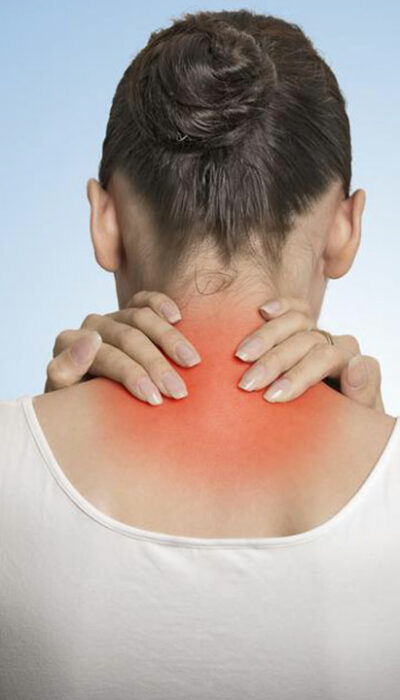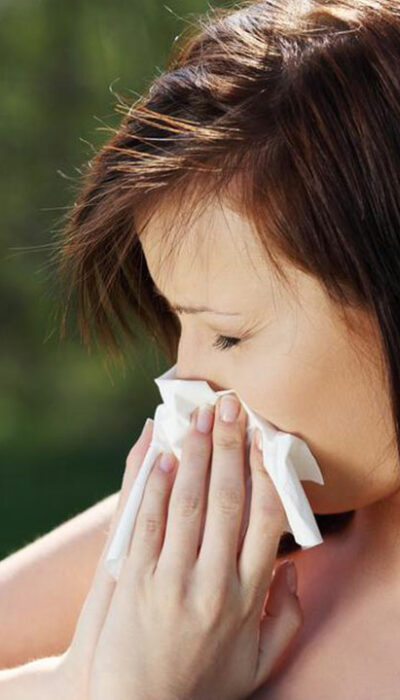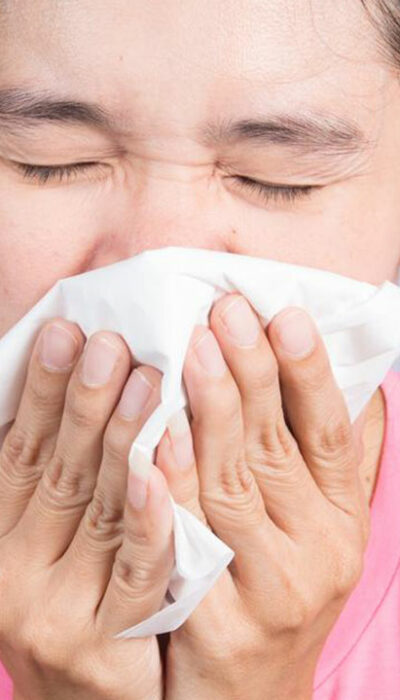
Causes and Treatment of Chronic Pain
Usually, the pain that lasts at least for 12 weeks is defined as chronic pain. It can be intermittent or steady. It can come and go without any apparent reason. It can be felt dull or sharp, causing an aching or burning sensation in the affected areas. Also, the pain can be felt differently in the affected areas. Lack of proper chronic pain management can reduce your strength, endurance, flexibility along with limiting your mobility. This definitely makes your daily life more challenging as it becomes difficult to get through various daily activities and tasks. According to various medical study reports, almost 1.5 billion people worldwide suffer from this chronic pain. In the country alone, almost 100 million people are affected by this pain. Here is a list of some of the common types of chronic pain: Postsurgical pain Headache Arthritis pain Post-trauma pain Neurogenic pain that is caused by any damage in the nerve Lower back pain Psychogenic pain that is not caused by an injury, nerve damage, or any disease Cancer pain Causes of Chronic Pain Without realizing the underlying causes of the pain, treating it or getting the right chronic pain management plan will be tough. Here is a list of some of the most common causes of it: Sometimes, normal aging can affect the joints and bones, causing chronic pain. Nerve damage or nerve injuries that have not been healed properly are another cause of this pain. Some types of chronic pain can have more than one influencing factor. For instance, back pain can be caused by either a single factor or can be caused by any combination of the following factors: Poor posture for years Being overweight that puts extra strain on the knees and back Carrying heavy objects or improper lifting of heavy objects Traumatic injury Degenerative changes in the spine due to normal aging Wearing high heels Any congenital condition like spine curvature Sleeping on the poor mattress Diseases like osteoarthritis, fibromyalgia, and rheumatoid arthritis can cause chronic pain.










